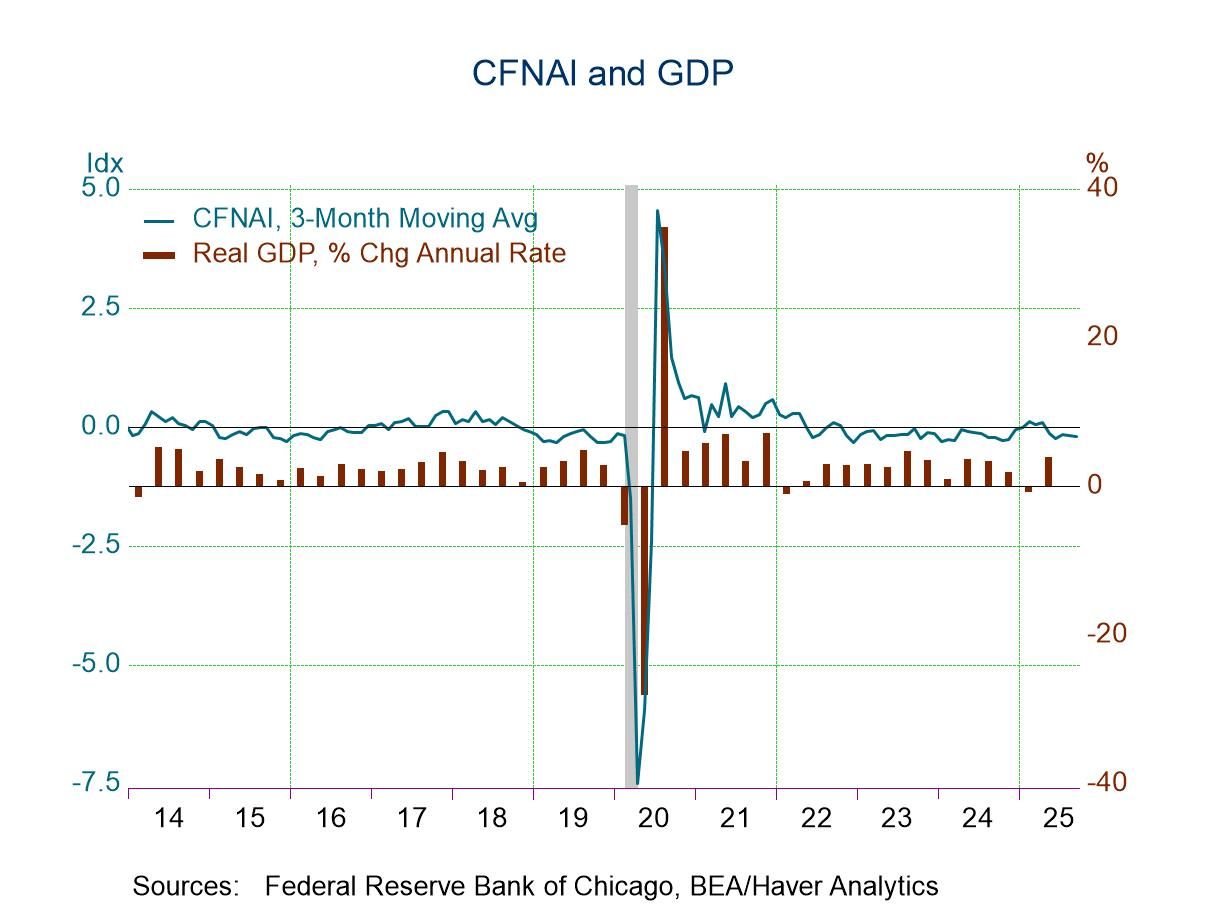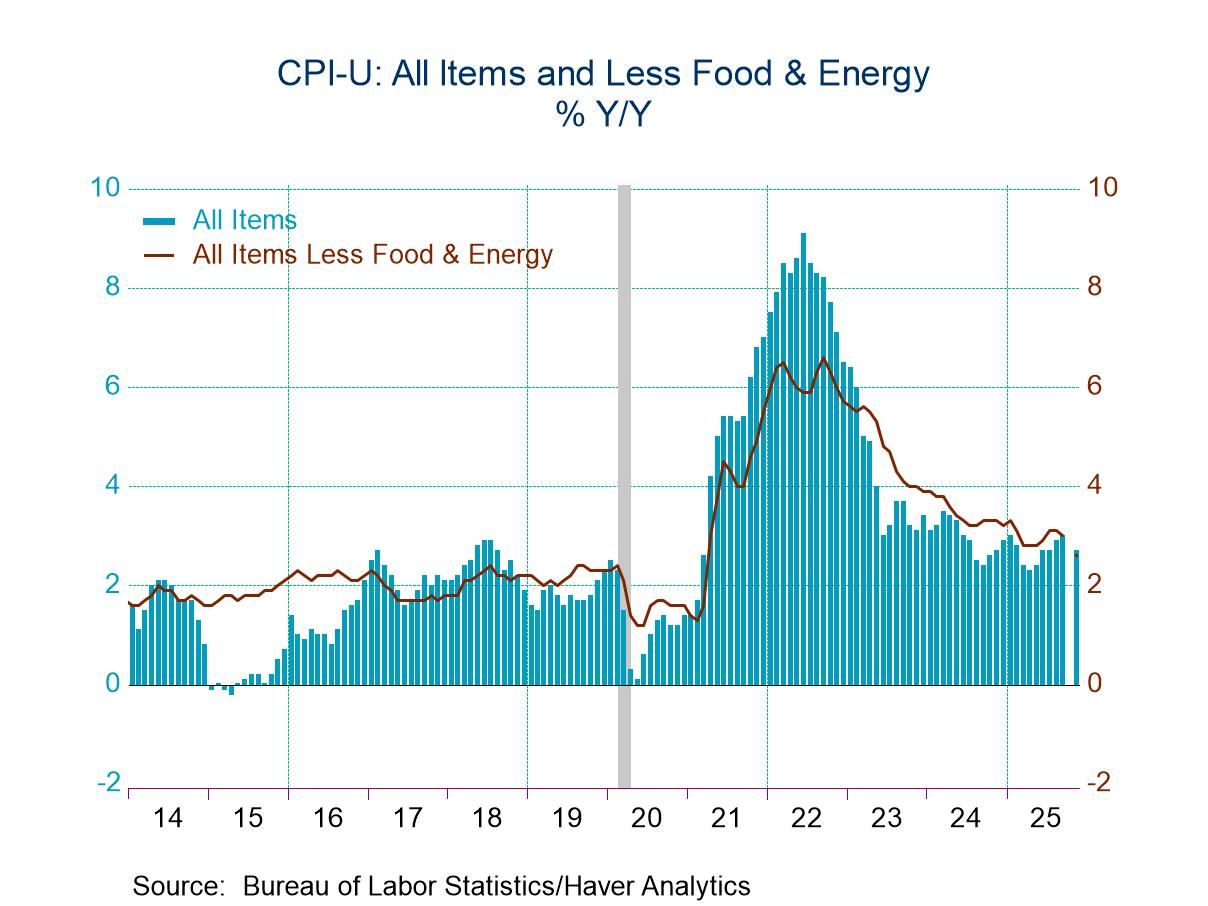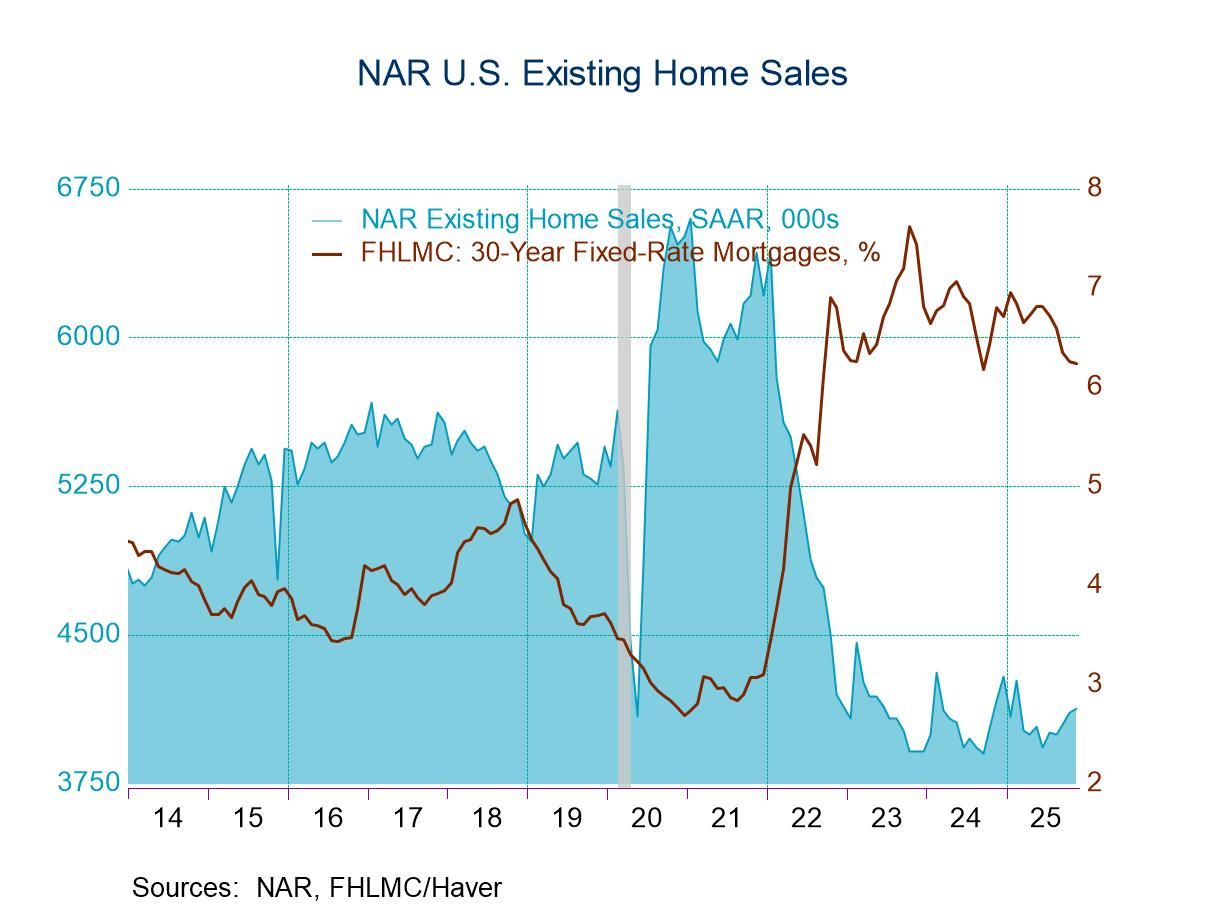U.S. ISM Services Index Weakens Again in February
by:Tom Moeller
|in:Economy in Brief
Summary
- Component declines remain widespread.
- Price index improves.
- Composite factory & services index also declines.


The ISM Index of Services Activity continues its recent decline, reaching 56.5 during February after falling to 59.9 in January. It was the lowest level in twelve months, down from a November peak of 68.4. The Action Economics Forecast Survey expected improvement to 60.9 for January. Haver Analytics constructs a composite index combining the services index and the manufacturing reading released on Tuesday. This index fell to 56.7 in February from 59.6 in January. These series date back to July 1997.
In the latest services survey, the business activity reading weakened to 55.1 from 59.9 in January. It remained at its lowest reading since May 2020. Twenty-four percent (NSA) of respondents reported higher activity, down from 45.6% in November. Sixteen percent reported an activity decline versus a July reading of 3%. The new orders index weakened to 56.1, a twelve-month low. A fairly steady 28.4% (NSA) of respondents reported more orders and a steady 14.1% reported a decline. The employment measure fell to 48.5, the lowest level since August 2020. A steady 19.4% of respondents indicated higher employment but a higher 25.7% reported it lower. The percentage indicating that employment held steady declined sharply to 54.9% of respondents. The supplier delivery index (NSA) rose to 66.2 last month after improving to 65.7 in January. A lessened 3.0% of respondents reported faster delivery speeds while a reduced 35.3% reported slower speeds.
The prices index increased to a near record 83.1 in February. A slightly higher 63.8% (NSA) of respondents reported price increases, while 0.5% reported price declines. A slightly higher 35.7% reported stable prices.
The export orders series rose moderately to 53.0 after falling in January to its lowest point since May 2020. The imports index was little changed at 51.7, down from its June 2021 high of 58.2. The order backlog measure also rebounded to 64.2, up from 55.2 twelve months earlier. The inventory change index rose to 50.8. These series are not seasonally adjusted and are not included in the nonmanufacturing composite total.
The ISM figures are available in Haver's USECON database, with additional detail in the SURVEYS database. The expectations figure from Action Economics is in the AS1REPNA database.


Tom Moeller
AuthorMore in Author Profile »Prior to joining Haver Analytics in 2000, Mr. Moeller worked as the Economist at Chancellor Capital Management from 1985 to 1999. There, he developed comprehensive economic forecasts and interpreted economic data for equity and fixed income portfolio managers. Also at Chancellor, Mr. Moeller worked as an equity analyst and was responsible for researching and rating companies in the economically sensitive automobile and housing industries for investment in Chancellor’s equity portfolio. Prior to joining Chancellor, Mr. Moeller was an Economist at Citibank from 1979 to 1984. He also analyzed pricing behavior in the metals industry for the Council on Wage and Price Stability in Washington, D.C. In 1999, Mr. Moeller received the award for most accurate forecast from the Forecasters' Club of New York. From 1990 to 1992 he was President of the New York Association for Business Economists. Mr. Moeller earned an M.B.A. in Finance from Fordham University, where he graduated in 1987. He holds a Bachelor of Arts in Economics from George Washington University.






